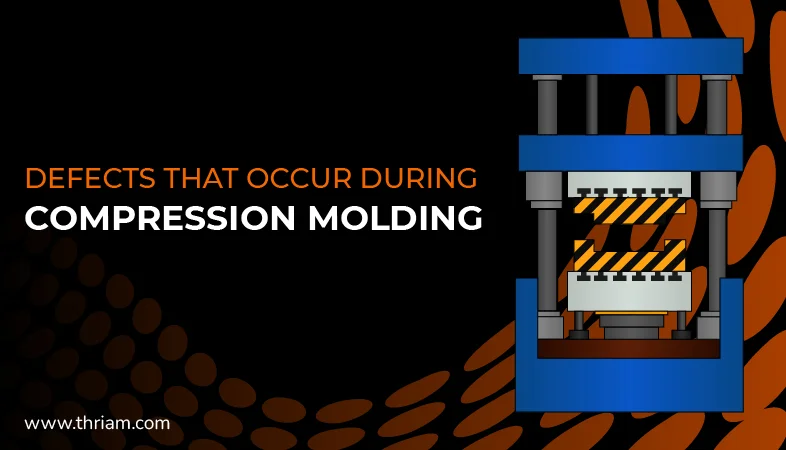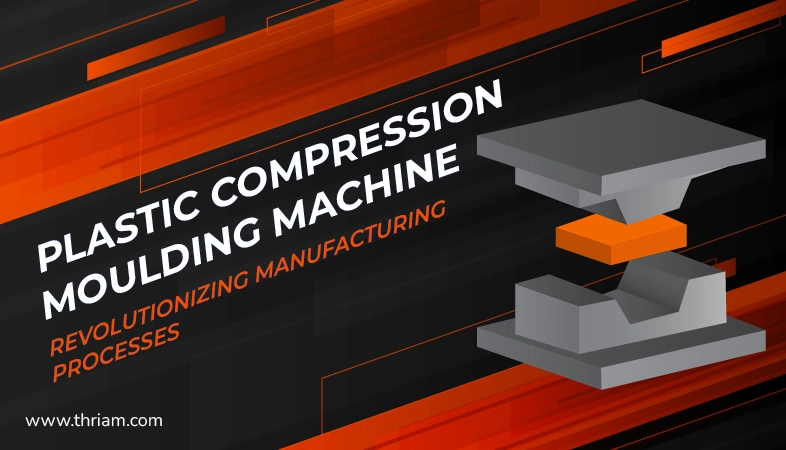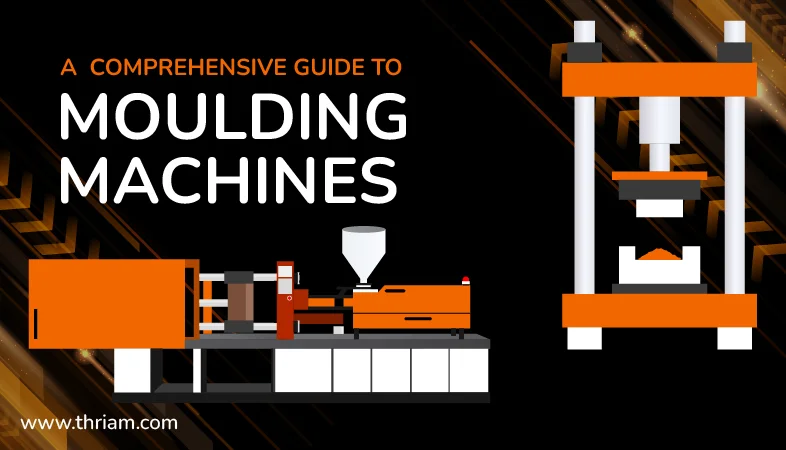Unlocking Efficiency: Exploring the Benefits of Compression Moulding in Manufacturing
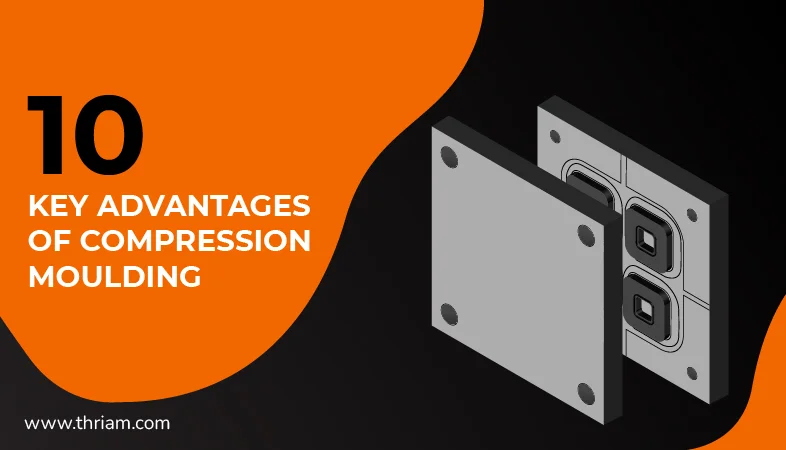
What is compression moulding?
Compression moulding is a manufacturing process that involves shaping a material (typically a plastic or rubber composite) by using a combination of heat and pressure. This process begins by placing the material into a heated mould cavity. The mould is then closed, and heat and pressure are applied to the material for a specific amount of time to shape it into the desired form. Once the material has been compressed into the mould, it is cooled and removed from the mould.
This process is known for its ability to create large quantities of parts that are highly uniform in size and shape. The resulting parts are also known for their high strength, durability, and resistance to wear and tear. Compression moulding is commonly used in a wide range of industries, including automotive, aerospace, medical devices, and consumer goods.
Here are the 10 key advantages of compression moulding in manufacturing:
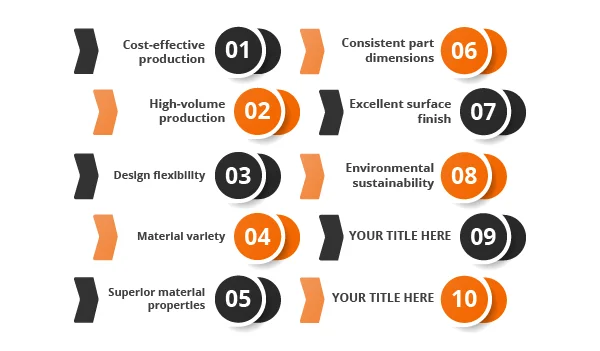
1. Cost-effective production:
Compression moulding offers cost advantages compared to other manufacturing methods. It requires fewer labourers and minimal tooling, resulting in reduced production costs. Additionally, the process allows manufacturers to utilize various materials, offering flexibility in choosing cost-efficient options without sacrificing quality.
2. High-volume production:
Compression moulding excels at large-scale production. The ability to manufacture products rapidly and consistently makes it suitable for meeting high demand in a short timeframe. By employing multiple heated moulds, manufacturers can achieve increased productivity and output.
3. Design flexibility:
Compression moulding enables the creation of products with complex geometries and intricate details. The process accommodates customizations, allowing manufacturers to produce items tailored to specific requirements. This flexibility is particularly advantageous for industries such as automotive, aerospace, and consumer goods.
4. Material variety:
Compression moulding is compatible with a wide range of materials, including thermoplastics, thermosetting plastics, and rubber composites. This versatility allows manufacturers to select the most suitable material for each specific application, considering factors such as strength, durability, and resistance to heat, chemicals, or wear and tear.
5. Superior material properties:
Compression moulding produces high-quality products with excellent mechanical properties. The applied heat and pressure result in parts with increased strength, durability, and dimensional stability. Moreover, the process ensures uniform material distribution and density, reducing the risk of defects and enhancing product performance.
6. Consistent part dimensions:
With compression moulding, manufacturers can achieve consistent and accurate part dimensions, even for complex shapes. The process minimizes variations between parts, ensuring precise measurements and promoting uniformity in the final products. This advantage is particularly critical in industries where close tolerances are required.
7. Excellent surface finish:
Compression moulding creates products with a smooth and aesthetically pleasing surface finish. This advantage eliminates the need for additional finishing processes, saving time and resources during production. For consumer products and visible components, the enhanced appearance adds value and improves the overall product presentation.
8. Environmental sustainability:
As a responsible manufacturing technique, compression moulding aligns with sustainability goals. The process minimizes material waste, as excess material can often be reused or recycled. Additionally, the energy-efficient nature of compression moulding reduces the carbon footprint, making it an eco-friendly choice for manufacturers.
9. Enhanced product reliability:
Compression moulding produces parts with superior reliability and longevity. The compression process strengthens the molecular structure of materials, resulting in products resistant to deformation, warping, and degradation. This advantage is particularly advantageous for critical applications that demand reliable and robust components, such as aerospace or medical devices.
10. Regulatory compliance:
Many industries, including automotive, aerospace, and medical sectors, require strict adherence to regulations and standards. Compression moulding allows manufacturers to meet these requirements by producing parts with consistent quality and performance. The process maintains a high degree of control, ensuring compliance with industry-specific regulations and customer specifications.
Conclusion
Compression moulding is a cost-effective and versatile manufacturing process that offers a variety of advantages over other moulding techniques. It is an efficient way to produce high volumes of complex parts with a high degree of accuracy. It also provides a cost-effective solution, wider variety of applications, high-quality products, and environment-friendly aspects over other moulding methods. These benefits make it a great choice for manufacturers looking to streamline their production processes and improve their bottom line.
Bonus content
Applications of compression moulding
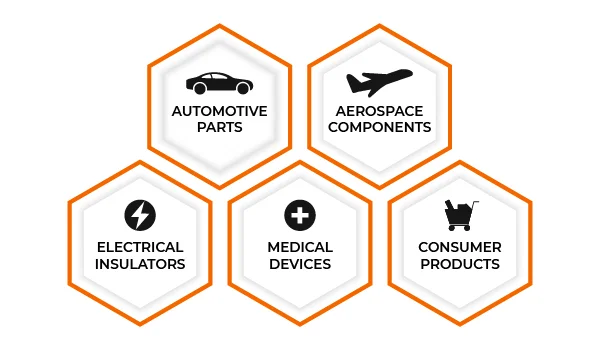
1. Automotive Parts:
Compression moulding is widely used in the automotive industry to produce parts such as dashboards, door panels, and drink holders. The process allows for greater design flexibility and precision in creating complex parts. The resulting parts are also durable and resistant to heat, making them ideal for use in cars.
2. Aerospace Components:
The aerospace industry relies on compression moulding to produce high-strength composite parts for aircraft and spacecraft. The process can create lightweight, yet durable components with complex shapes that are difficult to achieve with other manufacturing methods.
3. Electrical Insulators:
Compression moulding is also used to produce electrical insulators, such as circuit breakers and transformers. The process creates parts that are electrically resistant, heat resistant, and have excellent dielectric strength, making them ideal for use in high-voltage applications.
4. Medical Devices:
Compression moulding is used to produce medical devices, such as surgical instruments, prosthetics, and components for drug delivery systems. The process allows for the production of sterile parts with consistent quality, making them safe and reliable for use in medical applications.
5. Consumer Products:
Compression moulding is commonly used to produce consumer products, such as phone cases, computer keyboard keys, and kitchen utensils. The process allows for the creation of parts with customized colours and designs, as well as diverse shapes and sizes.
